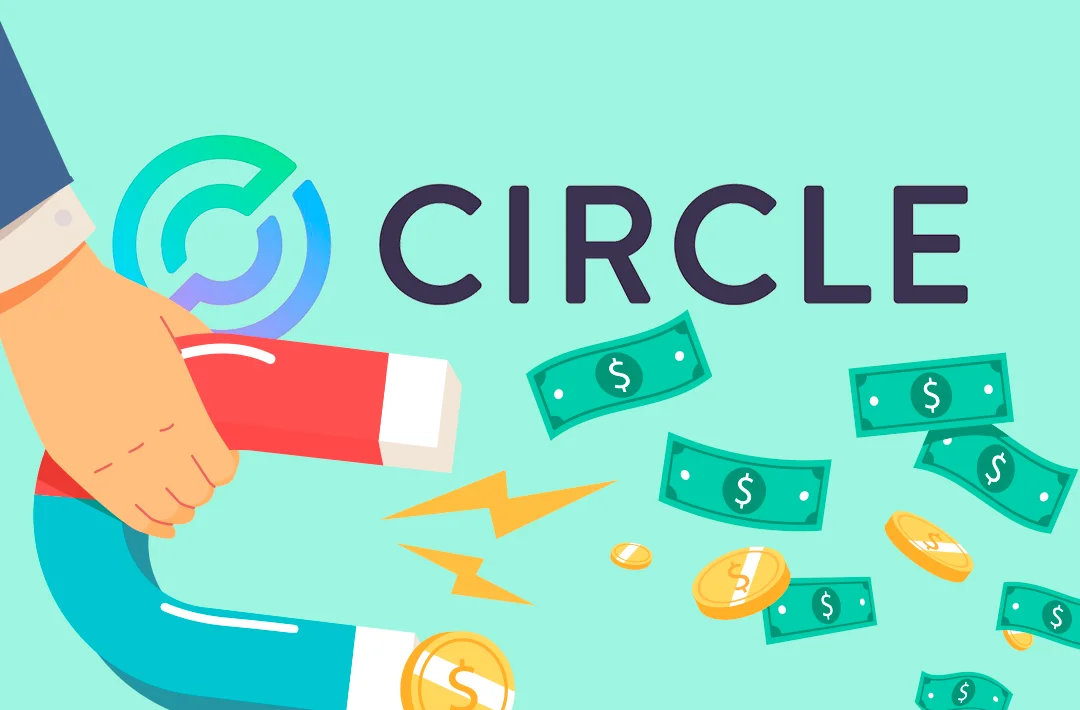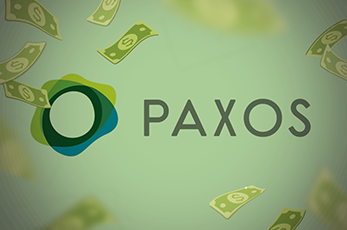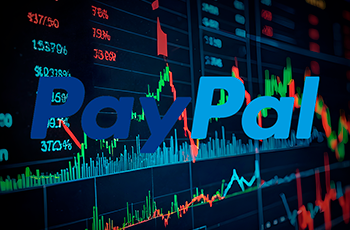Circle raises USDC redemption fees for the second time in a year
Circle raises USDC redemption fees for the second time in a year

30.10.2024 - 09:30
103
4 min
0
Last updated on Nov 16, 2024
What’s new? Circle, the issuer of USDC, the second-largest stablecoin with a capitalization of $34,9 billion, has raised fees for redeeming the asset for the second time in less than a year. Previously, the reverse exchange of USDC into dollars through Circle’s Mint platform was free and unlimited. In February, Circle introduced a fee for exchanges over $15 million. Now there is an additional fee for instant redemptions over $2 million per day.
What else is known? According to Bloomberg, fees start at 0,03% per transaction at the threshold and gradually increase to 0,1% for redemptions over $15 million. That said, traders can still redeem USDC for free if they are willing to wait up to two days for cash.
“Circle Mint redemption options support the availability of instant liquidity globally — similar to banks and other financial institutions that charge for speed and service,” a Circle spokesperson told the publication.
The commission policy revision is thus aimed at meeting the increased demand for liquidity as more institutions utilize digital assets.
According to an anonymous source, Circle introduced a new multi-layer fee system in late September. In response, Circle’s customers have expressed concern that rising fees make USDC less attractive to use in transactions.
The market leader and Circe’s main competitor, Tether, charges a 0,1% fee for minting or redeeming USDT worth more than $100 000. Tether’s USDT is the segment leader, with about 70% ($120,6 billion) of the total stablecoin market capitalization. USDC holds just under 20%.

Paxos и Stripe запустили платформу для платежей в стейблкоинах
Новый продукт поддерживает монеты USDP, PYUSD и USDC
In September, Bluechip analysts stated about the negative softening of the Federal Reserve’s monetary policy on the revenues of stablecoin issuers. At that time, the US Central Bank cut rates by 50 basis points for the first time in 4,5 years. In turn, issuers, including Circle and Tether, use Treasury bills as reserves, whose yields will fall as the rate is cut.
Analysts have estimated that each 50 bps cut would generate annualized losses of $488 million and $144 million for Tether and Circle, respectively. This could prompt them to make riskier investments to offset the revenue losses.
In addition, competition among stablecoins has intensified this year as new issuers have entered the market, and the world’s largest investment company, BlackRock, with $11,5 trillion in assets under management, plans to use tokens from its tokenized fund BUIDL as collateral for derivatives trading. In turn, fintech company Ripple, which issues the XRP token with a capitalization of $29,7 billion, is preparing to launch the RLUSD stablecoin.

PayPal conducted the first B2B payment using the PYUSD stablecoin
The company emphasized the suitability of stablecoins for corporate use
In September, Circle announced the integration of USDC with the national banking systems of Brazil and Mexico, allowing businesses in those countries to access USDC in real-time through local financial institutions.
Despite these initiatives, Circle’s market share has declined after US regulators imposed tough measures on crypto firms in response to the collapse of the FTX exchange in November 2022.
In the face of stiffer competition, Circle is moving toward going public through an initial public offering (IPO) and plans to move its headquarters to Wall Street by 2025. The company filed for the IPO in January and is now awaiting approval from the Securities and Exchange Commission (SEC).
Useful material?
Market
Digital assets have made it easier to conduct transactions in the face of sanctions
Dec 25, 2024
Mining
The restrictions are designed to maintain the balance of energy consumption, taking into account the demands of the industry
Dec 24, 2024
Market
Due to supply shortages, the asset’s pre-market exchange rate was climbing above $1000
Dec 16, 2024
Incidents
Reports about the hacking of the exchange with calls to withdraw assets began to spread on December 13
Dec 13, 2024
Crypto regulations
Stablecoins from issuer Circle will not be affected by the changes
Dec 12, 2024
Crypto regulations
The platform will launch after meeting the preconditions of the local exchange authority
Dec 9, 2024









 Telegram
Telegram  Twitter
Twitter